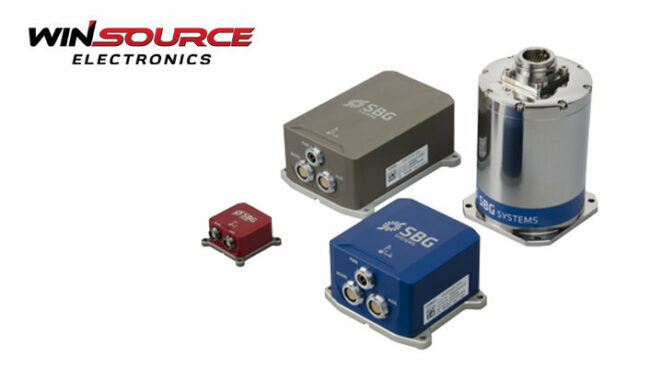
Many devices today can detect movement and orientation, be it your game controller or the latest spacecraft. Behind this capability is the often overlooked but immensely influential Inertial Measurement Unit.
Today, in this article, we’ll explore the intricacies of the IMU and its transformative role in modern gadgets.
Table of Contents
ToggleWhat is IMU?
An Inertial Measurement Unit (IMU) is an electronic device that measures an object’s acceleration and three-axis attitude angle (or angular velocity) using a combination of accelerometers and gyroscopes. An IMU typically contains three single-axis accelerometers and three single-axis gyroscopes.
These allow it to detect the object’s acceleration impulses in the carrier coordinate system and measure its angular velocity and acceleration in three dimensions. IMUs can also have additional sensors on each axis to increase reliability.
They are commonly installed at the center of gravity of an object and are used in applications that require motion control, such as automobiles and robots. IMUs are also used in inertial navigation systems for spacecraft, missiles, and submarines, where accurate displacement projection with attitude is necessary.
Composition of IMU
An Inertial Measurement Unit (IMU) comprises three single-axis gyroscopes and three single-axis accelerometers. These sensors allow the IMU to detect rotational motion around each axis and linear motion along each axis in a coordinate system with x, y, and z axes.
Accelerometers
Accelerometers use the formula a=F/M to calculate acceleration, which measures an object’s “inertial force.” In an inertial reference system, an accelerometer measures the linear acceleration of a system relative to its direction of motion.
Gyroscope
On the other hand, a gyroscope measures a system’s angular rate in an inertial reference system. By integrating the angular rate with the system’s initial orientation as the starting condition, it is possible to determine its current orientation at all times.
Geomagnetic Field Sensors
In addition to accelerometers and gyroscopes, IMUs can be equipped with other sensors, such as geomagnetic field and air pressure sensors. A geomagnetic field sensor, an electronic compass or magnetometer, can detect rotation around the Z-axis when the accelerometer is horizontal.
Air Pressure Sensor
An air pressure sensor, or barometer, measures the ambient pressure and can be used as an altimeter to improve the accuracy of the Z-axis dynamics in inertial navigation systems.
Working Theory of IMU
The working theory behind an Inertial Measurement Unit (IMU) is based on the principle of conservation of angular momentum. A spinning gyroscope will remain upright due to this principle and can be used to measure or maintain angular velocity and direction.
Modern electrical designs have utilized this mechanical understanding to create sensors using Microelectromechanical Systems (MEMS) technology. This technology allows for the fabrication of sensors that can be combined with software solutions to create integrated devices, known as sensor fusion.
These integrated systems are calibrated by semiconductor manufacturers using embedded compensation, sensor processing, and simple programmable interfaces. They are used in various industries, including information and communication technology (ICT), the Internet of Things (IoT), and automobiles.
MEMS technology enables the integration of multiple axes of precision gyroscopes, accelerometers, magnetometers, and pressure sensors into a single device known as an Inertial Measurement Unit (IMU). An IMU is an electronic instrument that measures an object’s specific angular velocity, force, and the direction of its motion and then reports it.
The basic principle behind an IMU is similar to taking cautious steps in the dark. As one takes more steps, the inaccuracy between the expected step length and the distance traveled causes the gap between the estimated location and the actual position to widen. This concept is extended to three dimensions in an inertial measurement cell.
Conclusion
An Inertial Measurement Unit (IMU) is an essential electronic device that uses accelerometers and gyroscopes to measure an object’s acceleration and three-axis attitude angle. These devices are crucial in various applications, from accurate displacement projection in spacecraft and submarines to motion control in automobiles and robots.
IMUs have transformed how we interact with modern technology and have widespread applications across different industries. Hope that clears everything out for you. But if not, don’t be shy to contact us. We here at WIN SOURCE would love to help you out.

COMMENTS